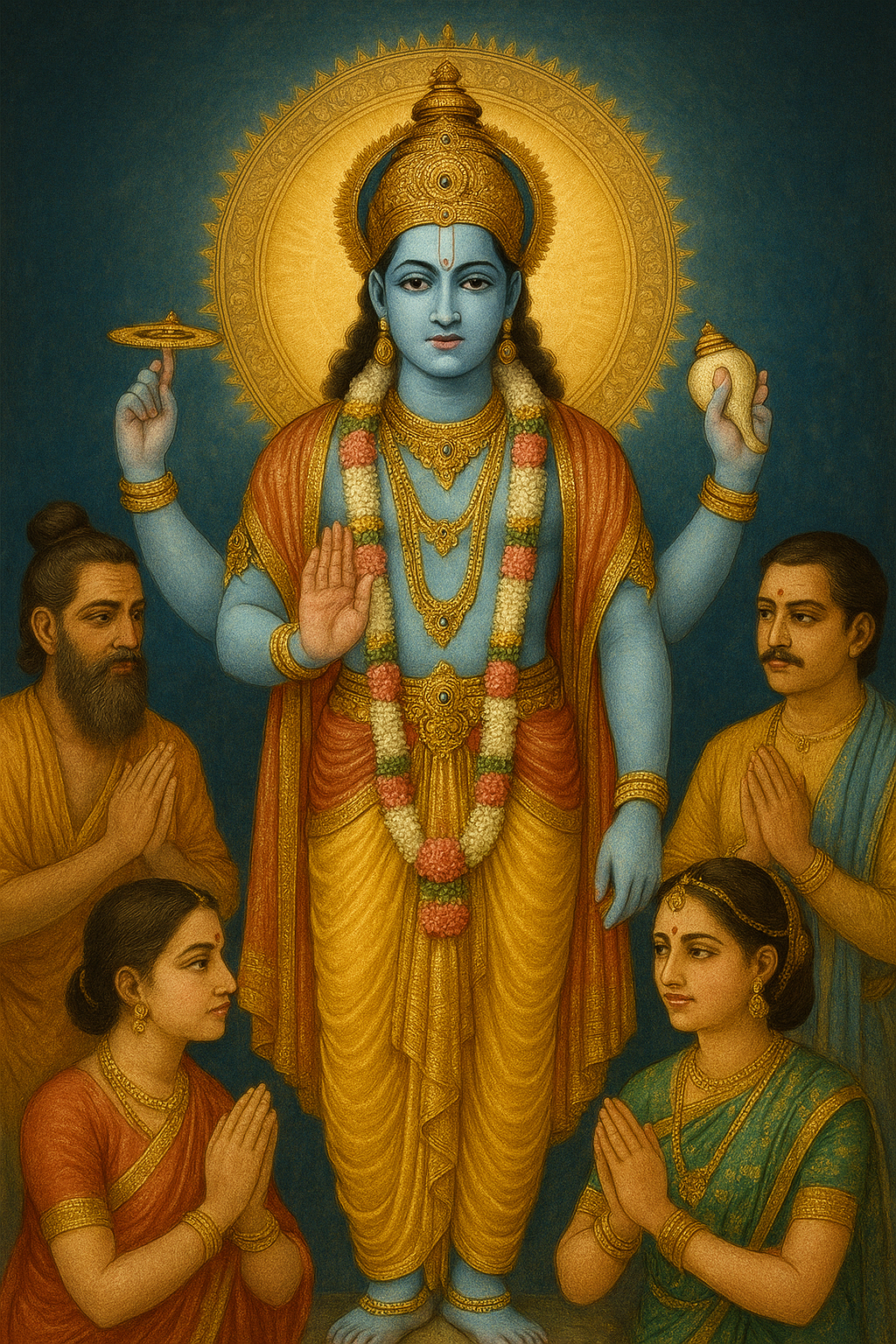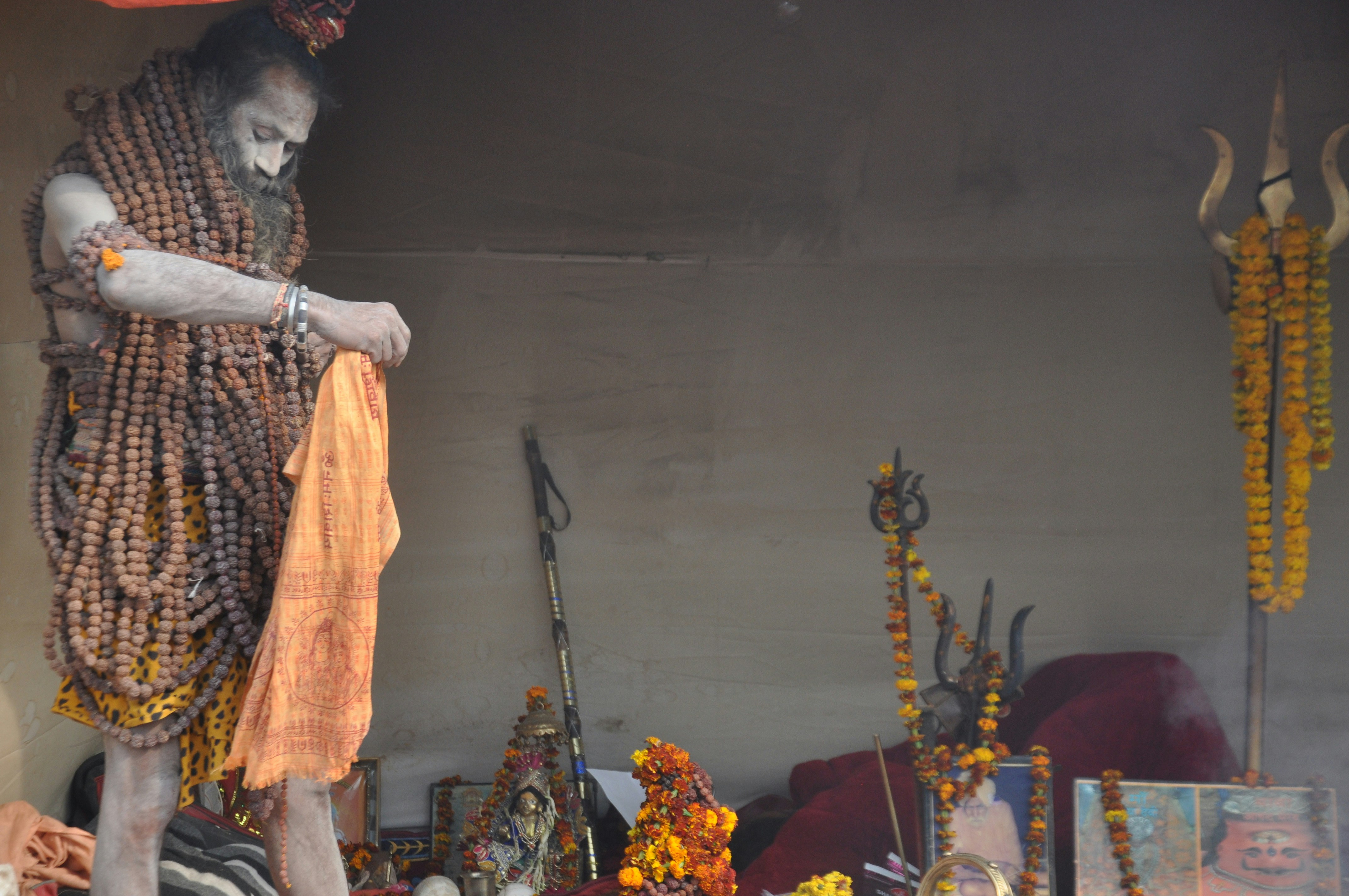Introduction to Mahakal Bhasma Aarti
In the heart of Ujjain, one of the most ancient and holy cities of India, lies the Mahakaleshwar Temple. This temple, dedicated to Lord Shiva, is renowned for its unique and spiritually significant ritual known as the Mahakal Bhasma Aarti. Performed daily in the early hours of the morning, this aarti holds profound religious importance for devotees.
The Significance of Bhasma in the Aarti
The term ‘Bhasma’ refers to sacred ash, which is a key element in the Mahakal Bhasma Aarti. According to Hindu mythology, bhasma symbolizes the ultimate reality of life—death and rebirth. The ritual involves the anointment of the Mahakal Lingam with bhasma, signifying the cycle of life and the transient nature of worldly existence.
The Ritual Process
The Mahakal Bhasma Aarti begins before dawn, around 4 AM, with the offering of bhasma to the lingam. Devotees and priests gather to witness this sacred ceremony, which is accompanied by the chanting of mantras and hymns. The atmosphere is charged with spirituality as the lingam is adorned with fresh flowers, bhasma, and other offerings. The ritual culminates with the aarti, where lamps are lit, and prayers are sung in praise of Lord Shiva.
Devotion and Belief
For the devotees, participating in the Mahakal Bhasma Aarti is an act of deep faith and devotion. Many believe that witnessing this aarti brings divine blessings and spiritual enlightenment. The ritual not only reinforces the philosophical teachings of Hinduism but also fosters a sense of community among the worshippers.
Conclusion
The Mahakal Bhasma Aarti is more than just a religious ceremony; it is a profound spiritual experience that transcends the material world. By understanding the significance and the rituals involved, one can truly appreciate the deep-rooted cultural and spiritual heritage of this ancient practice.








Leave a Reply